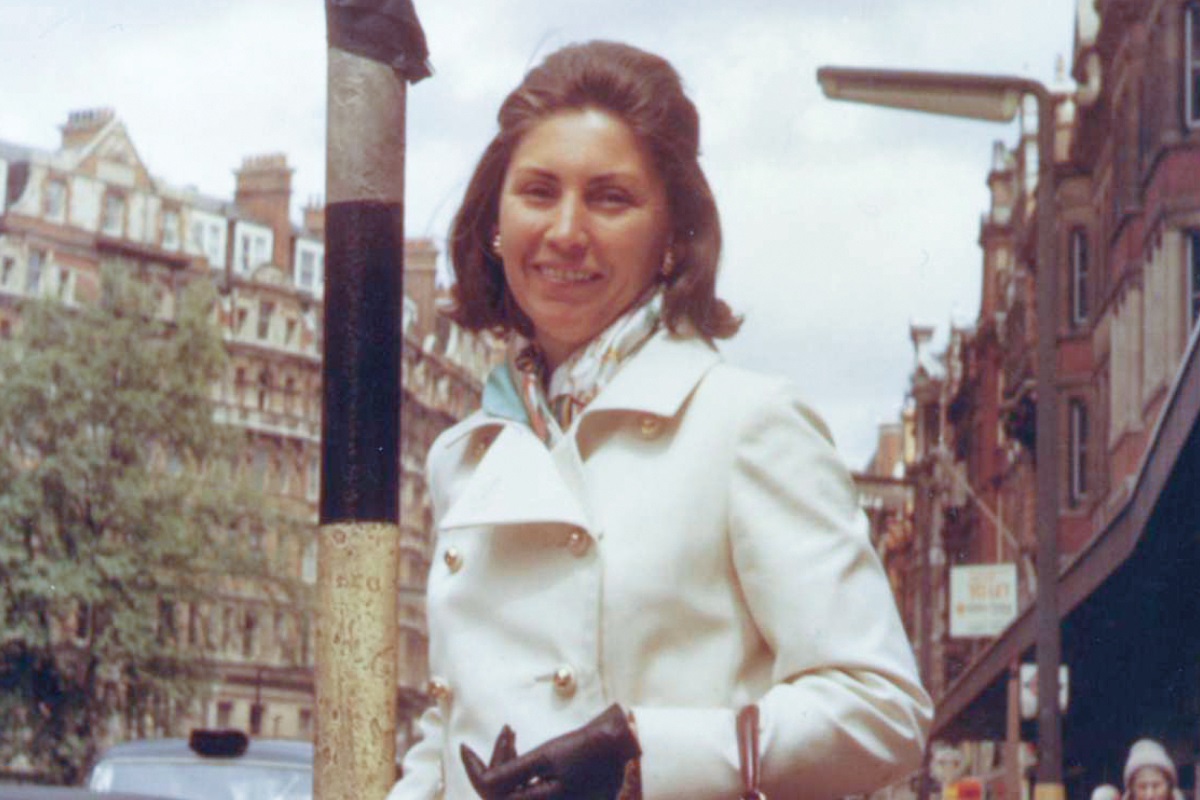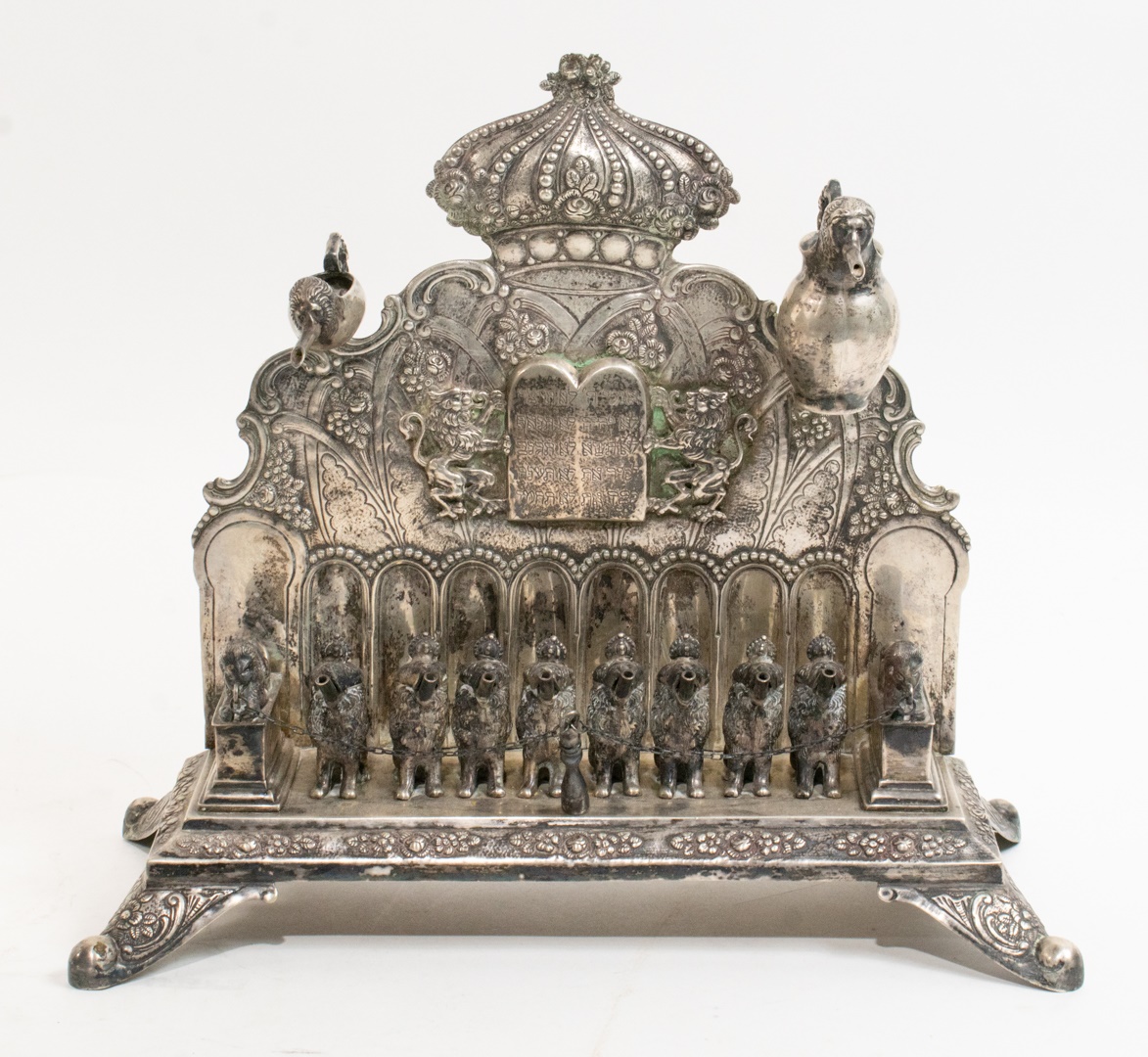.png)
Peter Costanzo joined Doyle in 2010 and is a Senior Vice President in Trusts & Estates and Director of the Rare Books, Autographs, Maps & Photographs Department. A certified appraiser with the Appraiser's Association of America, Mr. Costanzo’s specialty is in printed and manuscript Americana, literature, illustration art, 20th century figures, and he appraises photographs and rare books in all fields. In Trusts & Estates, Mr. Costanzo works with attorneys, accountants, fiduciaries, executors and families to organize appraisals and assist in the auction process.
During his tenure at Doyle, he has organized numerous landmark auctions. Among these are the Rare Book Collection of the New York City Bar Association, sold over three auctions and generating more than three million dollars for that hallowed institution; Rare Books from the Library of the Explorers Club; the sale of an important 1783 letter from George Washington upon his retirement as General of the Continental Army; the Revolutionary-era Forster Flag; The Civil War Papers of Major John G. Barnard; a scarce 1776 Bernard Ratzer Plan of the City of New York; and the 1775 manuscript The Hillsborough Colonial Returns. An important private treaty sale brought the archive of original papers relating to the family of Anne Frank from the estate of actor Joseph Schildkraut to the Anne Frank House in Amsterdam. In April 2020, Mr. Costanzo oversaw the sale of the Mary K. Young Collection of original Beatrix Potter and E.H. Shepard artwork. In photography, Mr. Costanzo organized the sale of a complete seventy-five image Ansel Adams Museum Set sold on behalf of the College of New Rochelle which achieved over $1.2 million at auction.
Notable estates have included the contents of upper east side landmark Elaine’s, the Estate of beloved illustrator Al Hirschfeld, letters from former New York mayor Ed Koch, the Estate of Douglas Fairbanks, Jr., and in 2019 the Estate of Warhol Superstar Sylvia Miles.
In June 2019, Mr. Costanzo managed the sale of the Estate of Oleg Cassini which combined property from Mr. Cassini’s Gramercy Park townhouse and his historic Oyster Bay mansion. With over 1000 visitors to the home over a three day exhibition, all 750 lots were sold in the “white glove” auction which included much Kennedy memorabilia from the Camelot years, old master paintings, antique furniture, and a world record was set for a suit of armor sold in the United States.
Born into an auction family, Mr. Costanzo has been surrounded by auctions his entire life. Mr. Costanzo attended the Peddie School and Reed College in Portland, Oregon, where he completed his Art History thesis on the Civil War photography of Mathew Brady and Alexander Gardner. Mr. Costanzo continued his education at Sotheby's Institute in New York, earning a Masters Degree in American Fine and Decorative Arts, and wrote his dissertation on the Civil War paintings of American artist Eastman Johnson.
Prior to Doyle, Mr. Costanzo began his career in 2007 at the rare books auction house Bloomsbury, where he rose through the ranks from junior cataloguer to specialist and conducted thirty sales as principal auctioneer.
Mr. Costanzo lectures frequently on Americana, rare book collecting, and appraisal topics including at the Appraiser’s Association Annual Conference and the Estate Planning Council of Westchester County. As a fundraising auctioneer, Mr. Costanzo has conducted auctions for Operation Smile, The American-Austrian Foundation and Open Medical Institute, River House, Search and Care, and the Coney Island Aquarium. Mr. Costanzo is a member of the Grolier Club in New York City.


.jpg)

.jpg)
.jpg)
.jpg)
.jpg)
.jpg)



.jpg)

.jpg)

